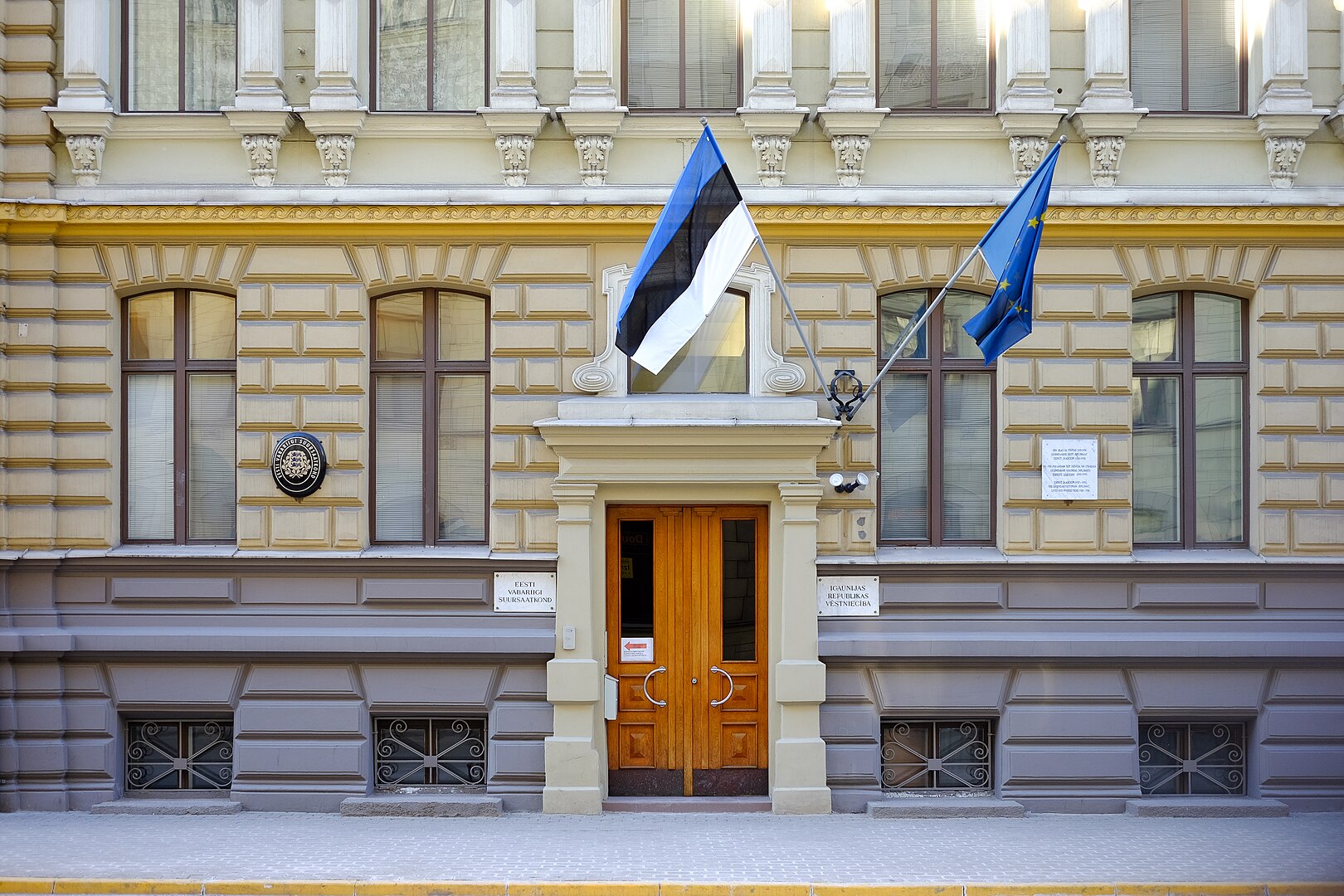
In the current age, data is power. It is the foundation of so much of the modern world from transport, communication to healthcare. However, this leaves governments poised in an existential issue: What if this data is compromised?
Cyberattacks are a common threat to governments, originating from both cybercriminals and, more importantly, state actors. Of the 777 major cases investigated by the UK’s National Cyber Security Centre, 40% targeted the public sector. The greatest threat lies not in the ransom demands of non-state actors but in the strategic aims of foreign governments seeking to undermine the sovereignty of their adversaries. Take, for example, the May 2023 breach of the UK Ministry of Defence, in which Chinese hackers exposed sensitive information on every soldier serving in the British Armed Forces. The growing digitalisation across all branches of government has, in many ways, traded security for convenience.
Now suppose a scenario where much of a country’s territory is occupied by an invader. The ‘internet’ is really just a network of data centres, servers, and cables. The destruction of these physical components of the internet is an unnerving possibility that has become very real for post-Soviet countries; every day, they see Russia’s war machine advance further into Ukraine. As a result, there is a need to decentralise data storage so that if any one site is compromised, it can easily be disconnected from the network, enabling the continuation of government services.
The journey of Estonia’s big digital sovereignty experiment began as a response to its 2007 cyberattack, in which major Estonian government services, banks, and media outlets were crippled by DDoS attacks. It was believed—despite fervent denials from the Russian Federation—to have originated from Russian state-sponsored hacker groups. This is because much of the critical systems’ network addresses were not generally known, meaning they would require the assistance of a state to conduct these cyberattacks. Thus, Estonia sought to decentralise its network across the country.
In 2018, Estonia took this idea further and opened the world’s first Data Embassy in Luxembourg. Like any traditional embassy operating under the 1961 Vienna Convention on Diplomatic Relations, these data embassies are considered under the sovereign control of Estonia. No one can enter the premises or access the data within without the express consent of the Estonian government. This is a major advancement in how data protection is carried out. In the event of a crippling cyberattack or a sudden loss of territorial integrity, Estonia’s government officials can carry on from anywhere in the world—whether that is somewhere else in Estonia, a friendly country, or even a flight in between. They simply connect to Luxembourg, obtain the data they need, and continue to run their country.
Other small states have caught on. Monaco has also established its own Data Embassy in Luxembourg, as setting up a decentralised network is impossible in a country that spans only 2 km².
From this, it raises the question of what sovereignty or citizenship really means in the digital age. Over 110,000 non-Estonians have used e-Estonia’s services to apply for ‘digital residency,’ which allows them to open a business within Estonia independent of location or citizenship. If this idea of digitalising government services grows, then it is plausible that government buildings will make way for elaborate network servers. As a result, territory becomes less relevant to an individual’s citizenship or a state’s function. We might be witnessing a future in which we aren’t citizens of where we live, but rather of where we log on.
Regardless of this amusing speculation, the role of cybersecurity will continue to be pivotal. As the governments of the world continue to digitise their services, the vulnerability to cyberattacks will grow in kind. Innovation will be at the heart of this battle, and it is clear that countries such as Estonia will be leading the way.
Edited by Veronika Parfjonova
Image: Īres nams, Rīga, Skolas iela 13 by Mārtiņš Bruņenieks, 2017 // CC BY-SA 4.0



Average Rating